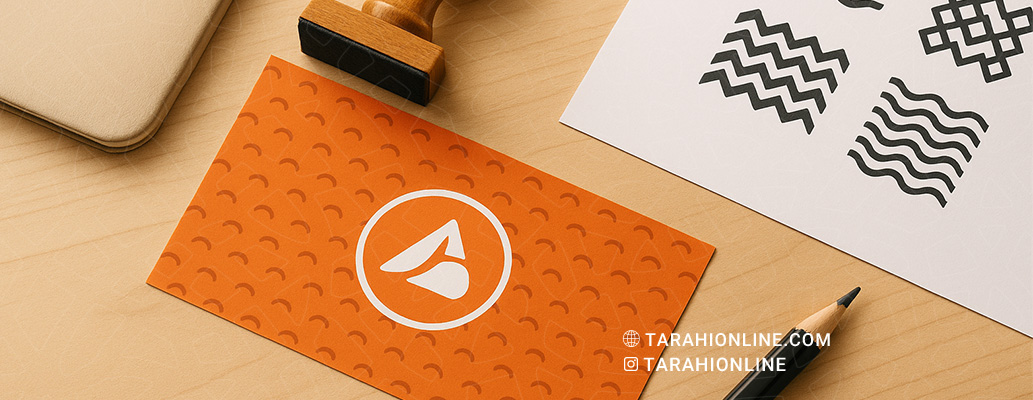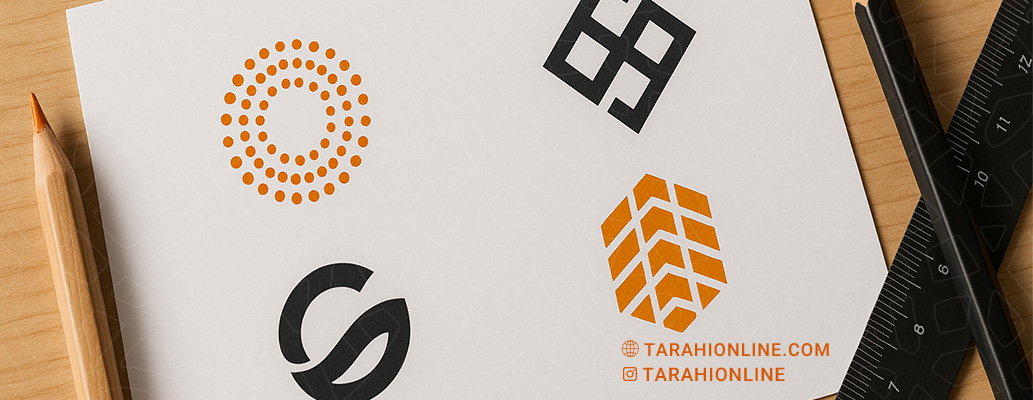
A logo, as a cornerstone of a brand’s visual identity, plays a crucial role in capturing attention and conveying the brand’s message to its audience. Incorporating patterns into logo design can help create unique, engaging, and memorable designs. Patterns are repetitive or creatively arranged visual elements that add a sense of order, dynamism, or personality to a logo. In this article, we explore the types of patterns suitable for logo design, their applications, and key tips for using them effectively.
Why Are Patterns Important in Logo Design?
Patterns are significant in logo design for several reasons:
-
Enhancing Visual Identity: Patterns can reinforce a brand’s personality and values visually.
-
Creating Differentiation: Creative use of patterns helps a logo stand out among competitors.
-
Increasing Visual Appeal: Patterns can transform a simple logo into a dynamic and captivating design.
-
Versatility: Patterns can be applied across various media (e.g., business cards, packaging, or websites), maintaining brand consistency.
Types of Patterns Suitable for Logo Design
Choosing the right pattern depends on the brand’s type, target audience, and intended message. Below, we explore common pattern types and their applications in logo design:
1. Geometric Patterns
Geometric patterns involve the repetition of simple shapes like circles, squares, triangles, or regular lines. These patterns convey order, professionalism, and modernity.
-
Application: Ideal for tech, architecture, or financial brands aiming to project precision and stability.
-
Example: IBM’s logo uses horizontal lines to convey professionalism and technology.
-
Design Tip: Combine simple geometric shapes to ensure the logo remains legible at smaller sizes.
2. Organic Patterns
Organic patterns feature curved lines, wavy shapes, or natural forms (e.g., leaves, flowers, or waves). These patterns evoke creativity, nature, and softness.
-
Application: Suitable for brands related to the environment, health, or organic products.
-
Example: Starbucks’ circular and organic pattern conveys warmth and approachability.
-
Design Tip: Use organic patterns sparingly to avoid overcrowding the logo.
3. Abstract Patterns
Abstract patterns use shapes and forms without specific meanings, evoking creativity and innovation. These are ideal for modern and forward-thinking brands.
-
Application: Perfect for tech companies, startups, or creative industries like art and design.
-
Example: Pepsi’s abstract circular pattern conveys dynamism and modernity.
-
Design Tip: Keep abstract patterns simple to avoid confusing or overly complex designs.
4. Linear Patterns
Linear patterns consist of straight, parallel, or intersecting lines that suggest movement, direction, or structure.
-
Application: Ideal for sports, transportation, or tech brands aiming to convey speed and energy.
-
Example: Adidas’ diagonal lines evoke movement and vitality.
-
Design Tip: Adjust line thickness and spacing carefully to maintain a clean and legible logo.
5. Symmetrical Patterns
Symmetrical patterns involve mirrored or balanced repetitions of elements, conveying harmony and balance.
-
Application: Suitable for luxury, legal, or brands aiming to project trust and stability.
-
Example: Mercedes-Benz’s symmetrical star pattern conveys quality and prestige.
-
Design Tip: Ensure precise symmetry to achieve a visually balanced logo.
6. Textured Patterns
Textured patterns use visual textures like dots, dashes, or effects resembling paper or fabric. These patterns evoke a tactile and authentic feel.
-
Application: Ideal for handmade, artisanal, or traditional brands.
-
Example: Logos for coffee brands or local products often use natural textures.
-
Design Tip: Use subtle textures to ensure the logo remains clean in print and digital formats.
Key Tips for Using Patterns in Logo Design
To use patterns effectively in logo design, consider the following tips:
-
Keep It Simple: A logo should be simple and recognizable. Complex patterns may lose clarity in smaller sizes or across different media.
-
Align with Brand Identity: Patterns should reflect the brand’s personality and values. For example, a luxury brand should use refined, minimalist patterns.
-
Ensure Scalability: The logo must remain clear and appealing in various sizes, from small favicons to large billboards.
-
Use Appropriate Colors: The pattern’s color palette should align with the brand’s primary colors and leverage color psychology to convey the right message.
-
Consider the Target Audience: Patterns should resonate with the preferences and expectations of the target audience. For instance, vibrant and dynamic patterns suit younger audiences.
-
Test and Gather Feedback: Test the logo across different media and collect audience feedback to ensure the patterns achieve the desired impact.
Challenges of Using Patterns in Logo Design
Using patterns can present certain challenges:
-
Overcrowding: Complex patterns can make a logo cluttered and hard to interpret.
-
Lack of Consistency: If a pattern doesn’t align with other visual identity elements (e.g., fonts or colors), it can create a disjointed feel.
-
Technical Limitations: Some patterns may lose quality in print or digital displays. To address these challenges, prioritize simplicity, consistency, and testing across various media.
Examples of Successful Pattern Use in Logos
Some well-known brands that effectively use patterns in their logos include:
-
Adidas: Diagonal line patterns convey movement and energy.
-
Starbucks: A circular, organic pattern evokes warmth and connection to nature.
-
Shell: A simple, symmetrical shell pattern suggests reliability and prestige.
Patterns in logo design are a powerful tool for creating engaging, distinctive, and memorable designs. By selecting appropriate patterns—such as geometric, organic, abstract, or symmetrical—you can enhance a brand’s personality and convey its message visually. The key to success lies in maintaining simplicity, aligning with the brand’s identity, and considering the audience’s needs. With these principles in mind, you can create a logo that is not only visually appealing but also impactful and enduring.
The Tarahi Online graphic and logo design team, with over ten years of experience in professional graphic and logo design, is ready to assist you and bring your ideas to life. Contact us to submit your request or place an order.

